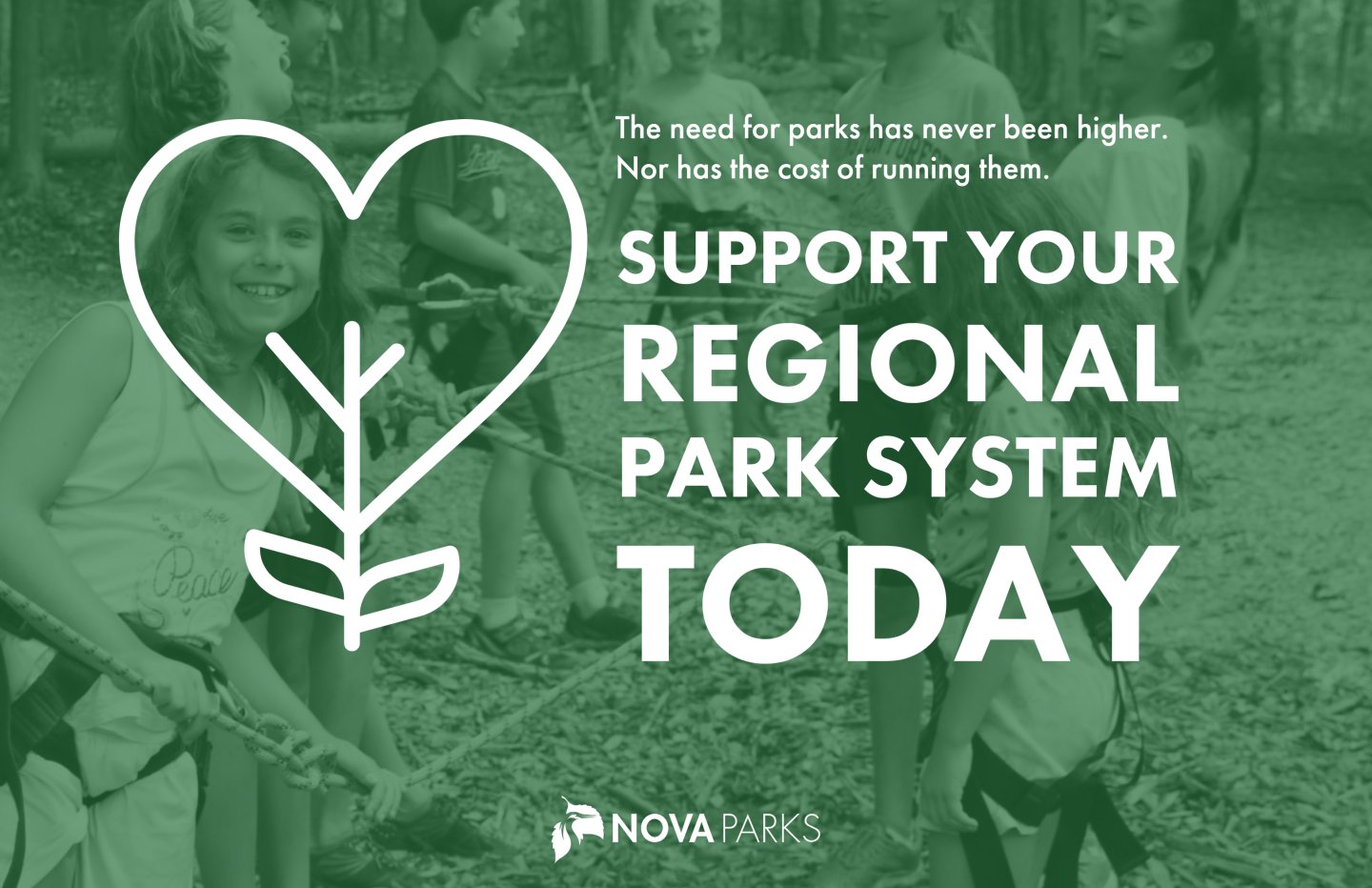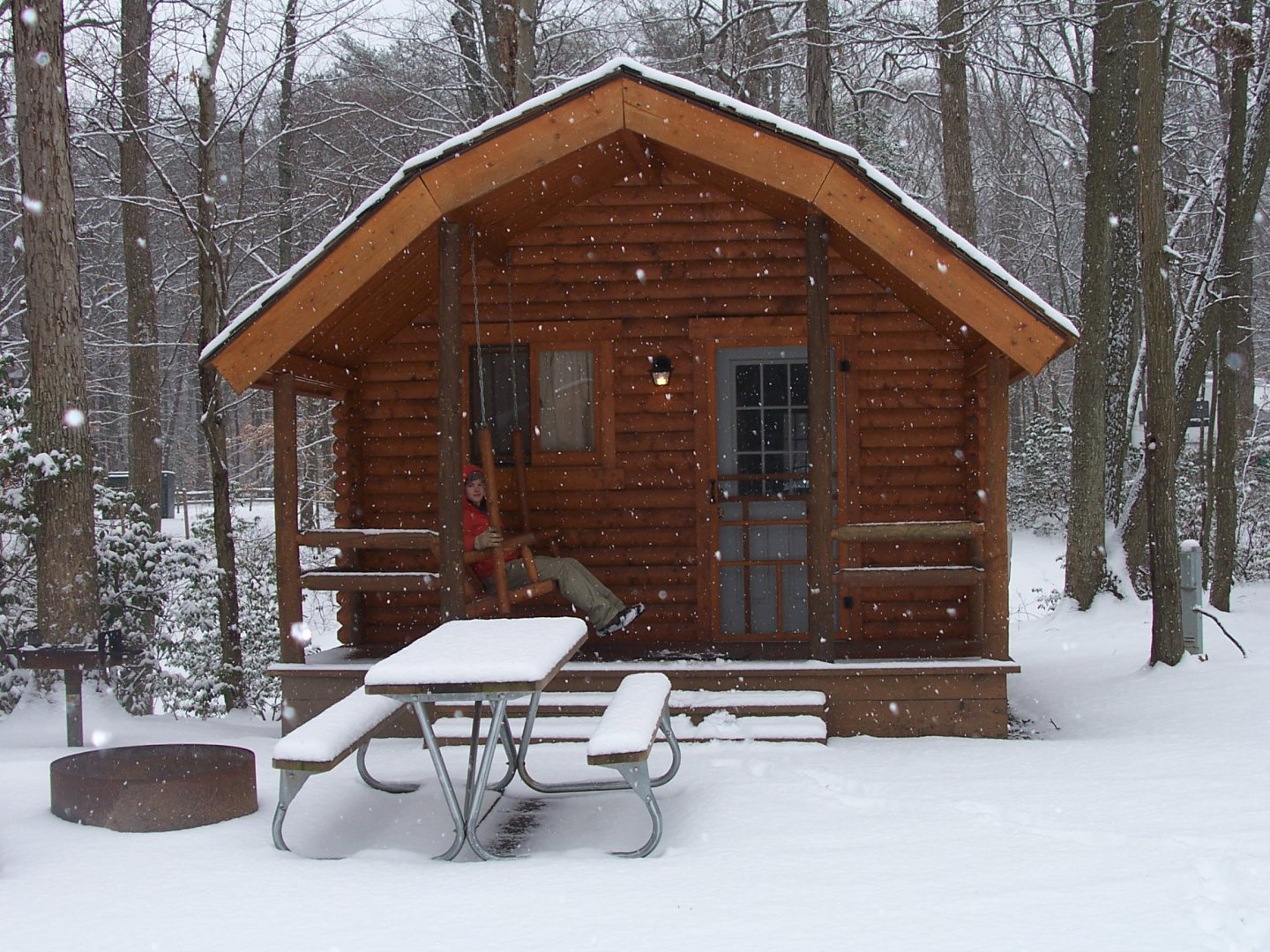Meadowlark Botanical Gardens
Gardens
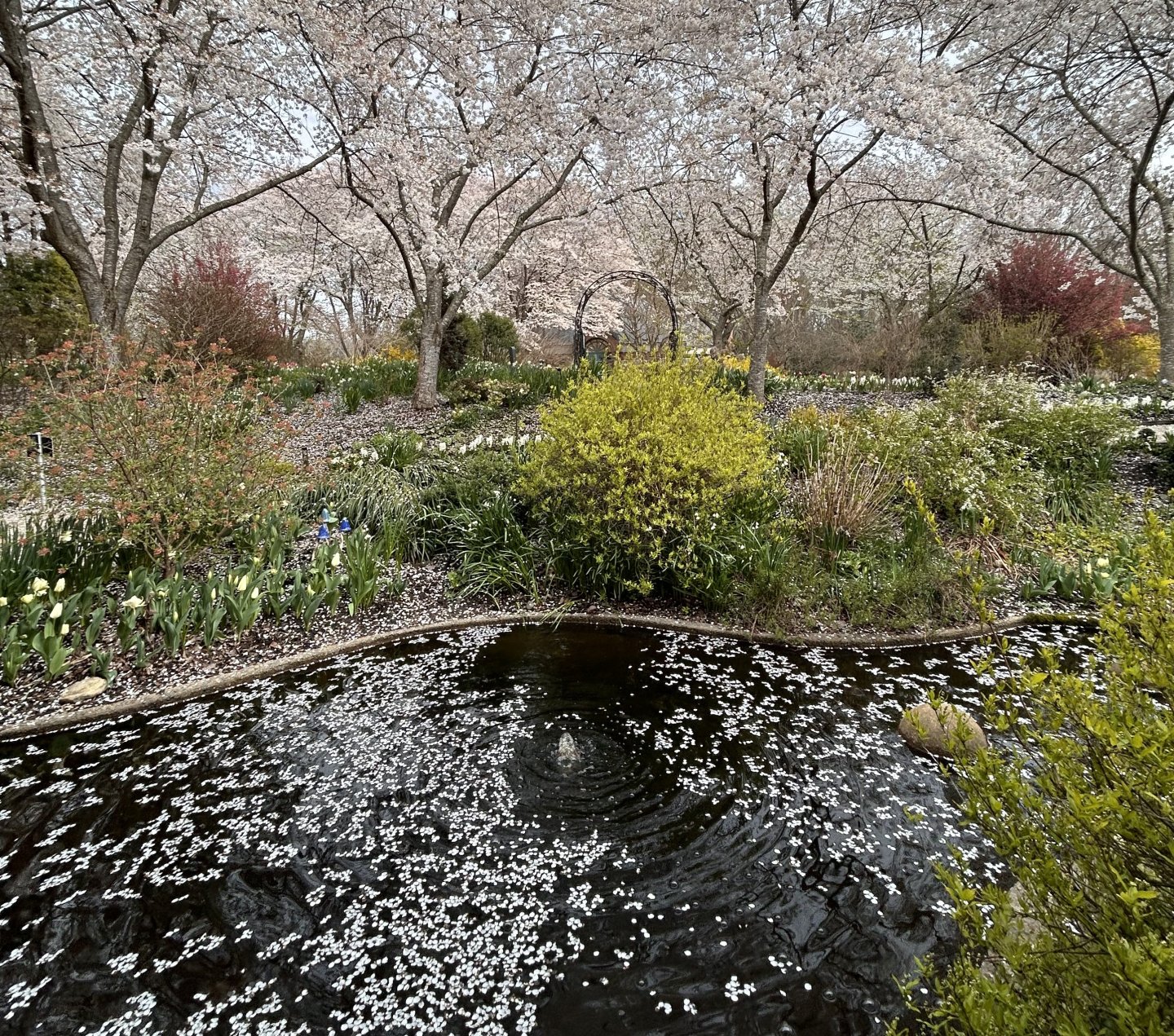
The White Garden is the path that leads from the gardens to the atrium space. This small, winding path meanders alongside the beginning of the fountain that feeds the stream running through the center of the Atrium facility. The garden itself focuses on white blooming flowers and foliage as a tribute to the many weddings that take place within the facility. Learn more about renting the space for your next large event.
The Terrace Garden overlooks the Perennial gardens with a sweeping view of the Volgenau Conservatory. The seasonal plantings in this space provide event participants with an inviting look into the horticulture world.
The Bold Garden is a seasonal display that exemplifies the term bold. Year after year the horticulture staff rolls out another array of plantings that redefine what our climate in Virginia can produce. Ranging from Tropicals to Fruits and Vegetables, the bold garden is a space where the horticultural team pushes the limits for a seasonal display and creates an immersive experience for the guest to enjoy.
The Herb Garden overlooks the Great Lawn and Lake Caroline, featuring aromatic herbs like rosemary, basil, and thyme as well as many more. It provides visual pleasure and serves as an educational learning center for guests looking to learn more about culinary and medicinal herbs.

The Perennial Garden, adjacent to the ADA trail nearest The Atrium, is a timeless sanctuary for visitors and enduring plant life. Featuring a variety of perennial species ranging from Rudbeckia hirta to Crinum latifolium, the garden offers a vibrant display of colors, textures, and patterns throughout the seasons. Accessible to all, it invites everyone to appreciate the power of perennials in the garden and how their beauty can contribute similarly to annuals in the garden.
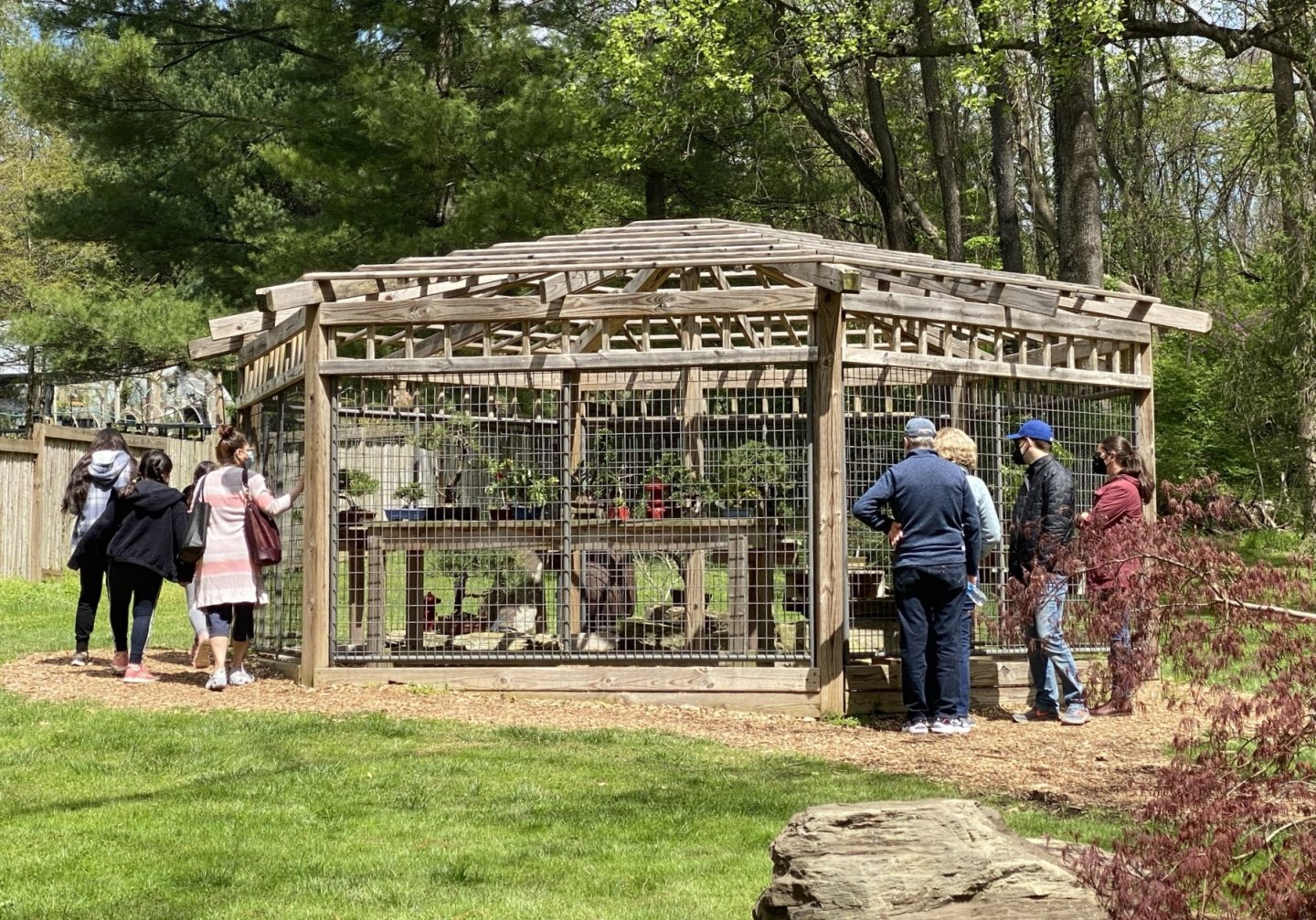
In 2010, Dr. William Orsinger, a dedicated member of the Northern Virginia Bonsai Society (NVBS), generously donated his Bonsai collection to Meadowlark Botanical Gardens. NVBS assumed care of the trees in 2017 and collaborated with Meadowlark in 2018 to create the Pavilion, funded by Eric Yoshihashi and Rae Nuppenau. NVBS members loan their trees for display in the Pavilion, maintaining them daily, including Dr. Orsinger's collection. Additionally, NVBS volunteers serve as Pavilion docents, educating visitors about Bonsai artistry. Display trees can be viewed at the Pavillion from early Spring through the Fall.
The Butterfly Garden, situated along the ADA trail, is a tranquil haven designed for the resident butterflies in the Virginia region. Featuring a variety of butterfly-friendly plants like butterfly bush, milkweed, and coneflowers, it provides essential nectar sources for butterflies and an educational opportunity for anyone passing by.
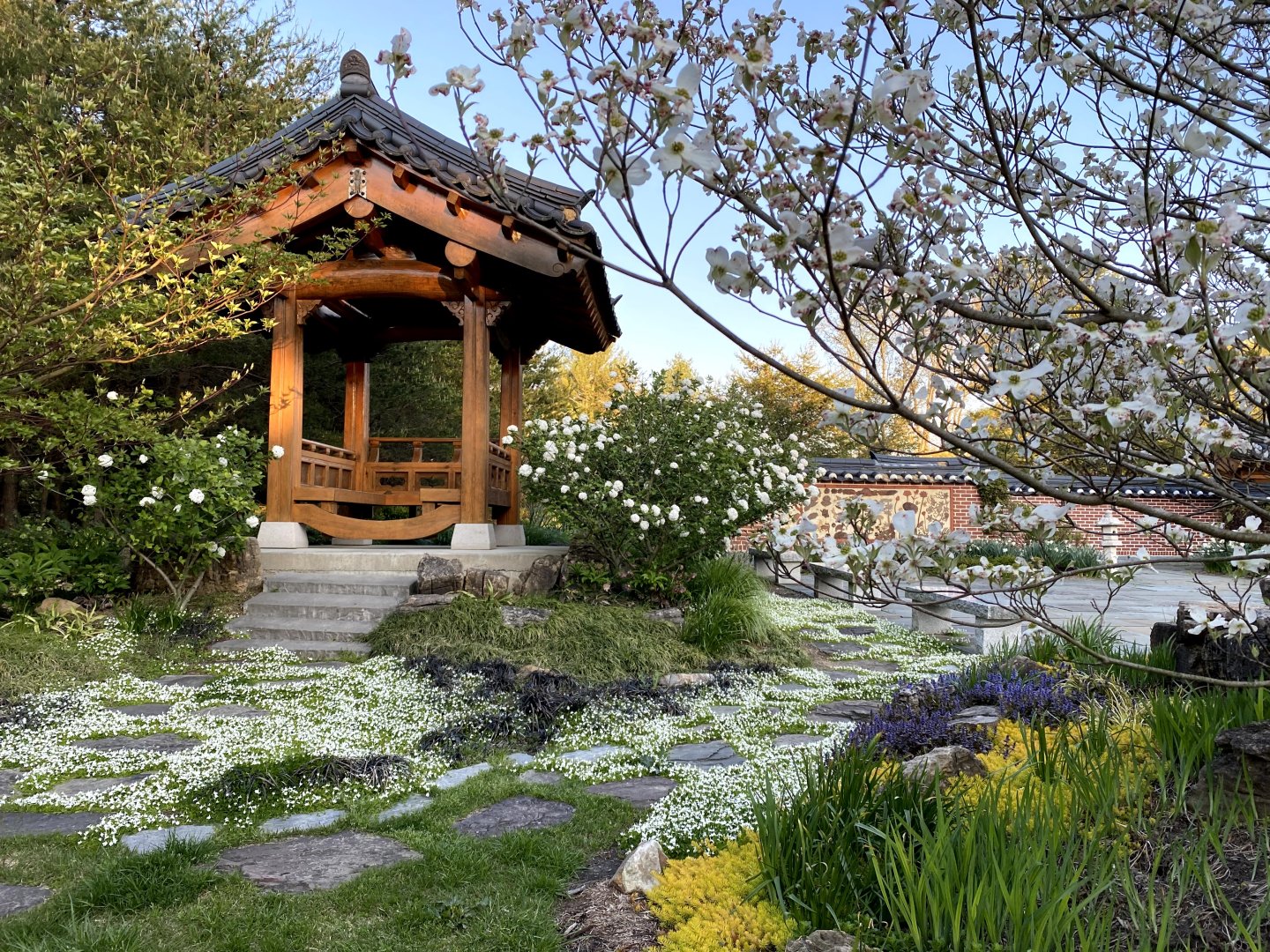
Meadowlark Botanical Gardens dedicated 4.5 acres for the Korean Bell Garden in partnership with the Korean American Cultural Committee (KACC) in April 2007. Construction commenced on June 25, 2010, with the groundbreaking ceremony. The pavilion's completion was celebrated on October 2, 2010, followed by the Bell of Peace and Harmony installation dedication on May 14, 2011. The grand opening took place on May 19, 2012. Throughout the process, milestones such as MOU signings, design reveals, and tree plantings marked progress, culminating in the donation of the completed garden to the NOVA Parks.
The newest and growing addition to Meadowlark Botanical Gardens, this space is designed to be interacted with by both kids and adults. The Children's Garden blends imaginative play with educational opportunities for anyone looking for a place to interact with nature. Central to the children's garden is the historic cabin that was once the central structure of donors Caroline Ware and Gardiner Means' home, is now the Camp Grow headquarters during the summer season. Take some time to stop by and play the botanical ensemble or play pretend in our imaginative playhouses.
The Children's kitchen garden boasts plants that are easy to grow and sensorily unique, providing interesting textures and distinct scents for everyone to enjoy
The Children's Garden Picnic Pavillion is a rentable space that is perfect for your next birthday party or scout gathering. More information related to the pavilion.
A part of the history of the gardens is our Springhouse ruins that sit atop our natural spring feeding the stream into Lake Caroline. This space served as a cooler for dairy and butter prior to electricity and now serves as an educational space for guests interested in the historical aspects of the gardens.
The Tea Garden serves as a small, restful space for guests who are pushing strollers. It provides shade, seating, and several interactive elements for those with small children.
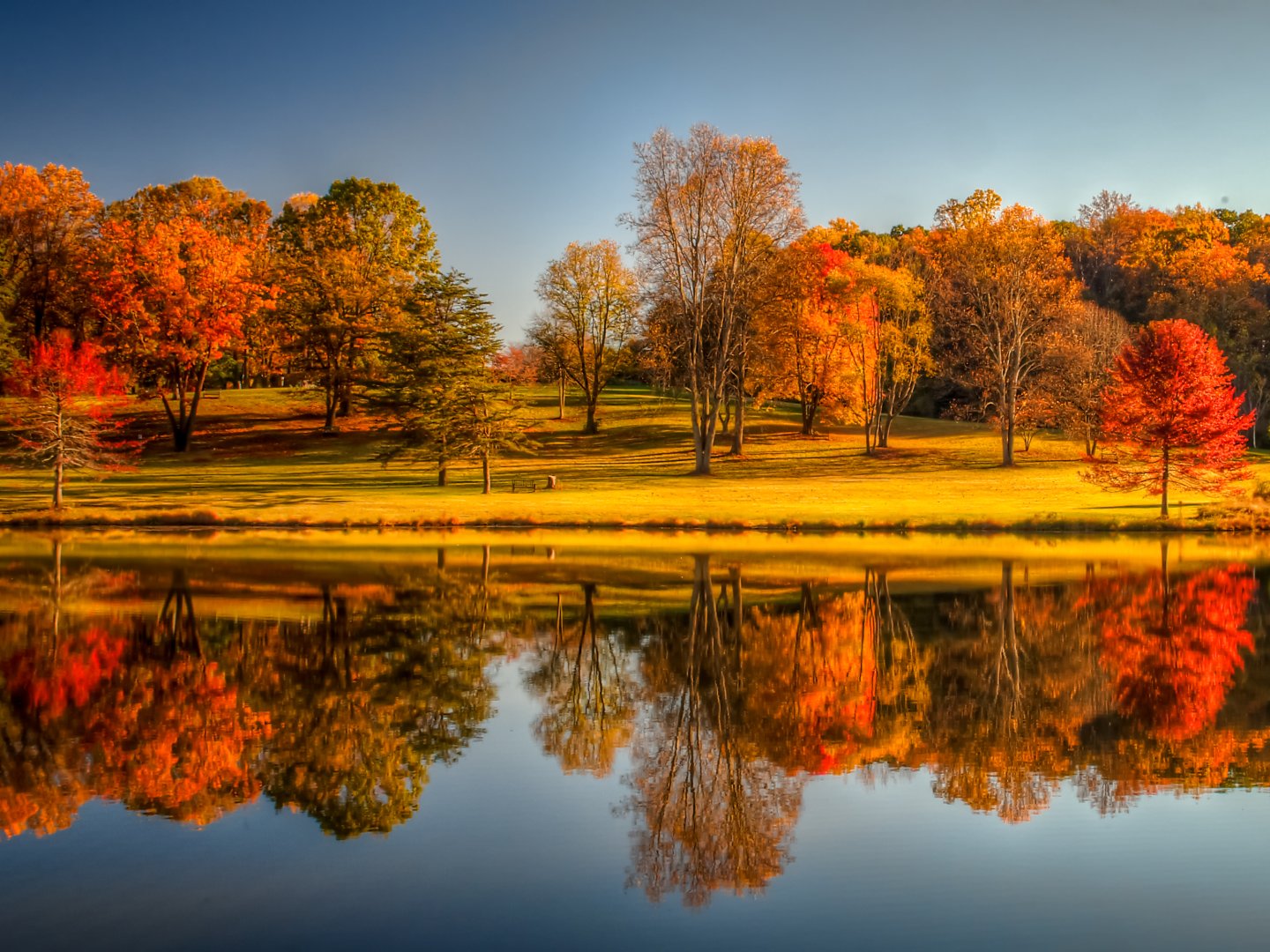
Looking for somewhere to sit or lay down and simply enjoy the space? The great lawn overlooks the central lake, Lake Caroline. While this space is not a formal garden, it provides a much-needed space to run, sit and relax.
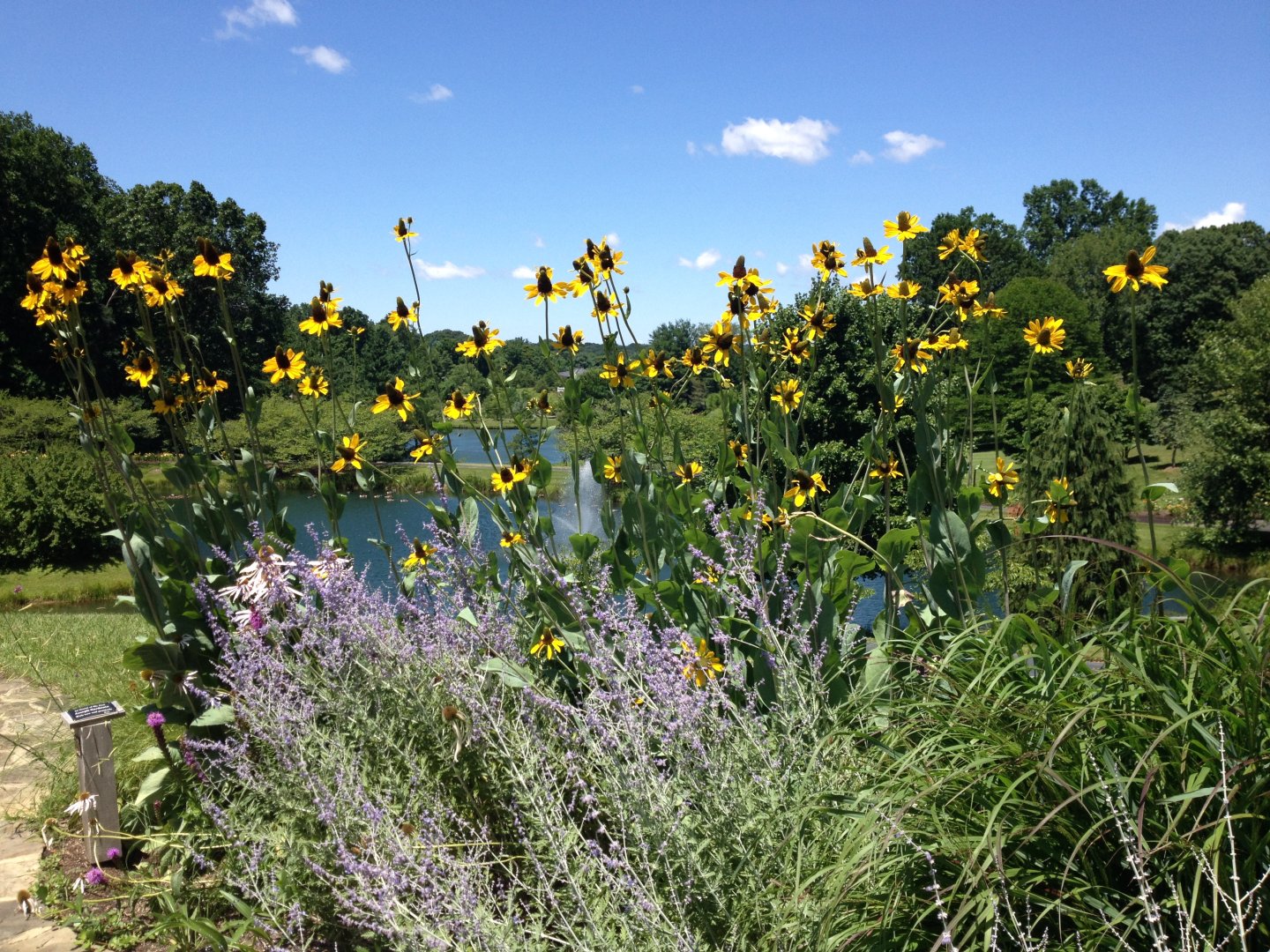
One of the highest points in the garden, the Spiral Mound trail winds itself upwards to a peak where you can view all three lakes.
Explore our Experimental Meadow, where visitors can navigate and discover a diverse array of grasses and wildflowers. This vibrant meadow offers a unique opportunity to experience and learn about the beauty and ecological importance of native plant species in a natural setting.
Young Forest and Nature Trail
Explore the Young Forest and Nature Trail, located at the north end of the gardens along a scenic mulched path. These trails are a little over 0.6 miles long collectively, winding through a thriving young forest, offering nature enthusiasts a chance to observe the dynamic growth of native plant species. Enjoy a tranquil walk as you immerse yourself in the natural beauty and evolving landscape of this vibrant forest habitat.
Fred Packard Grove and Trail
Discover the Fred Grove and Trail, located on the southwest side of the gardens. This serene mulch trail, totaling 0.2 miles long, offers a peaceful stroll through a beautifully maintained grove. Enjoy the tranquil surroundings and the natural beauty of this charming corner of the gardens.
Perimeter Trail
Enjoy a walk along our Paved Perimeter Trail, a mile-long pathway that borders the gardens. This scenic trail provides visitors with a delightful opportunity to explore the diverse landscapes and natural beauty outside the gardens.
ADA Accessible Paved Trail
Embark on a leisurely journey along our ADA Accessible Trail, spanning approximately 0.4 miles. This pathway ensures accessibility for all visitors, leading to the picturesque Lake Caroline Gazebo. Along the way, revel attractions, including the Great Lawn, Butterfly Garden, Korean Bell Garden, Bonsai Pavilion, and Volgenau Conservatory. Immerse yourself in the tranquility of nature while experiencing the charm and diversity of our botanical wonders.
